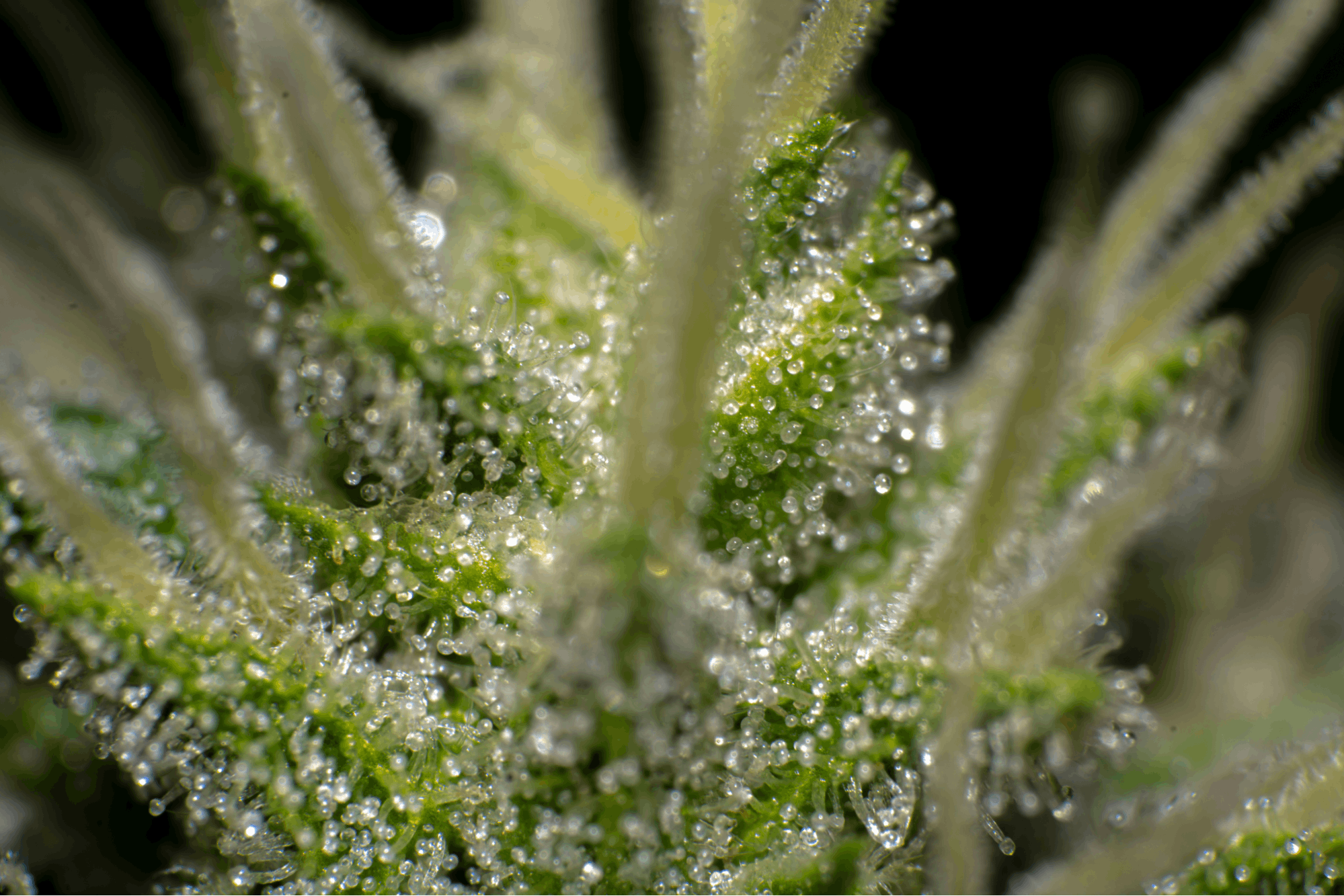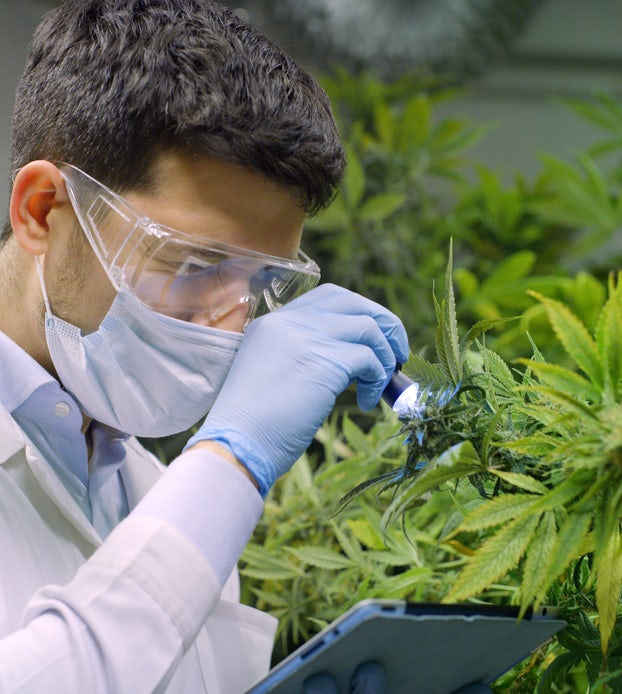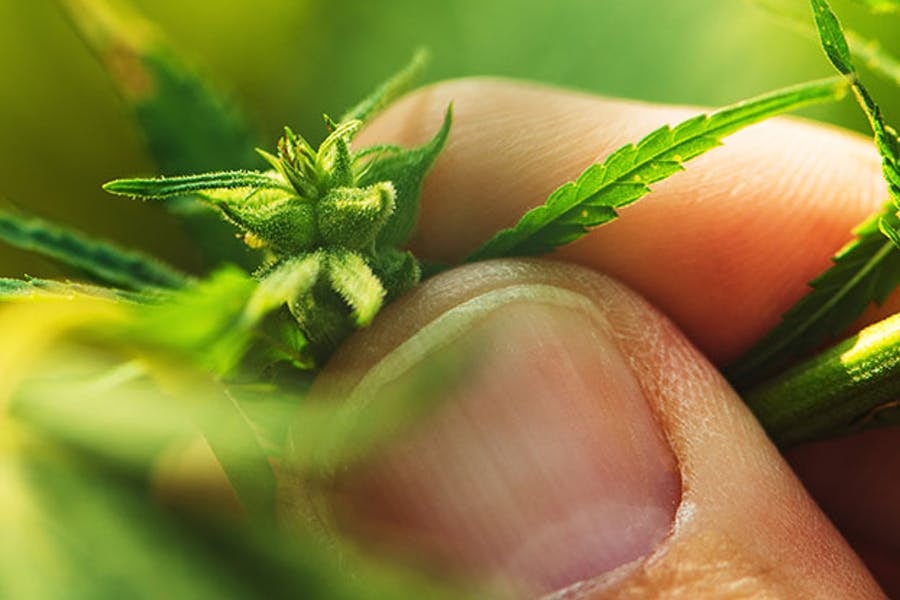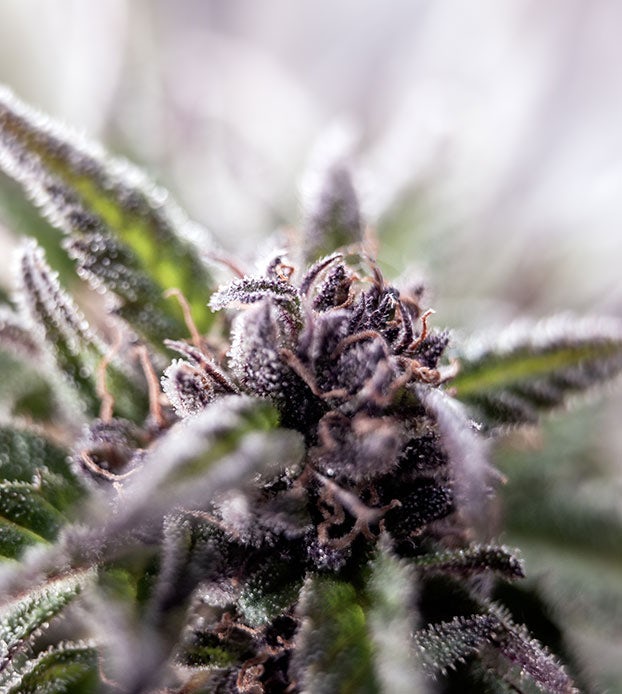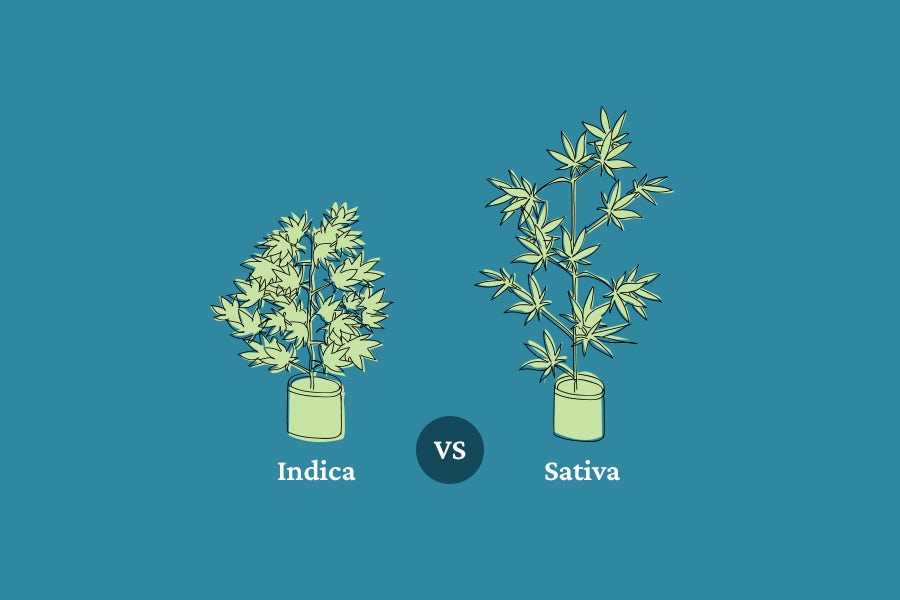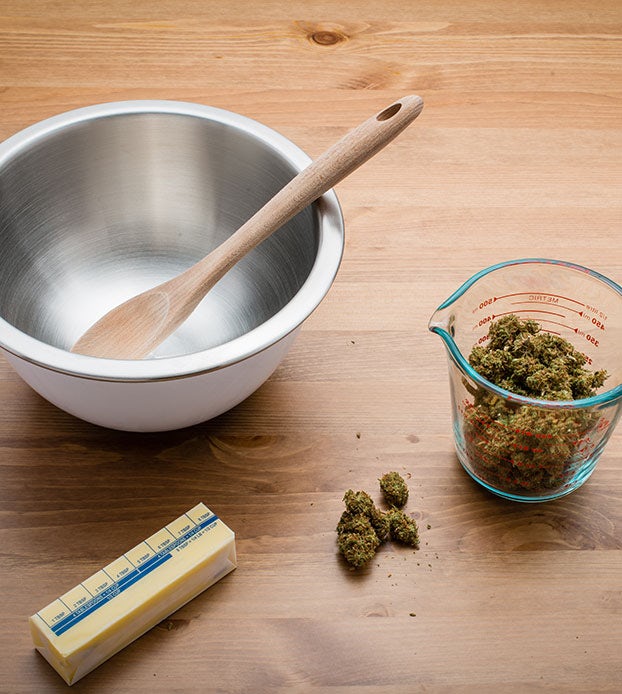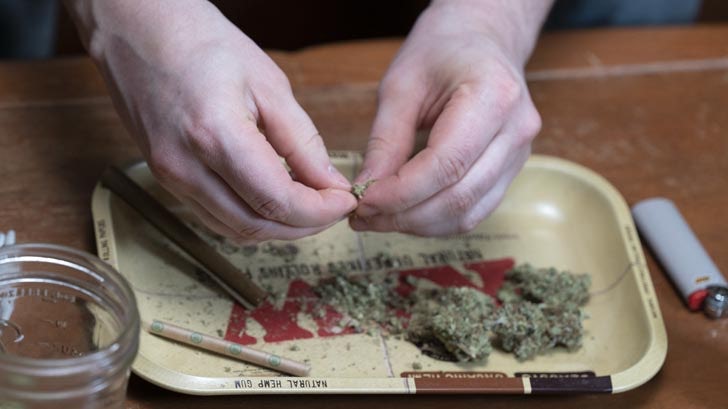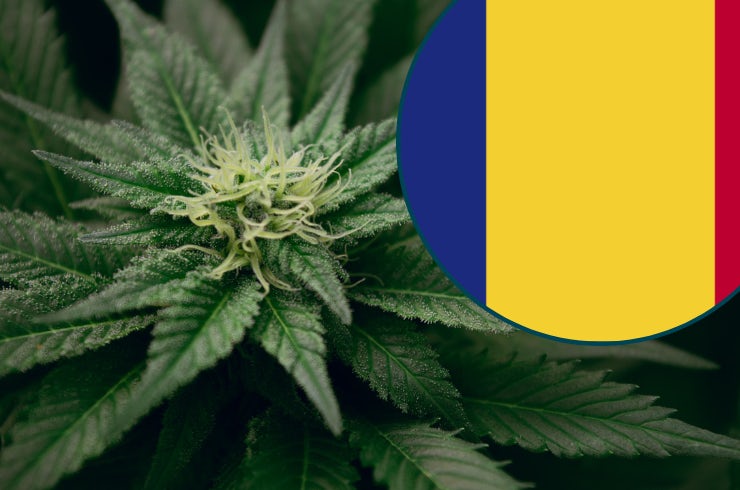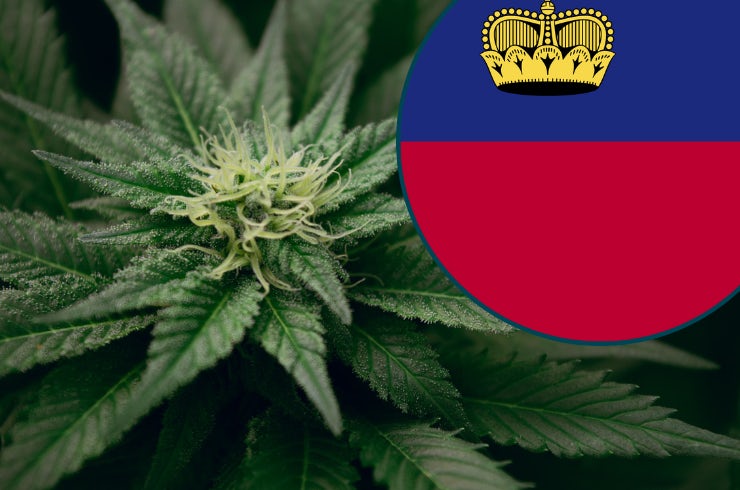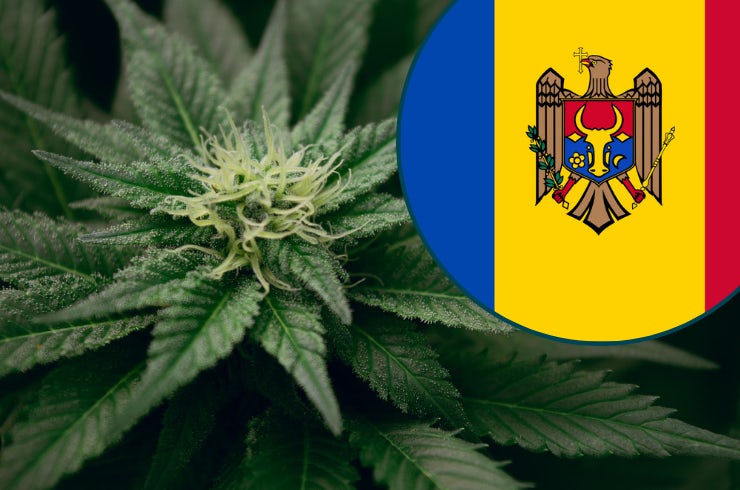If you’ve been following cannabis news, you’ve probably heard all about cannabinoids and terpenes, marijuana’s most well-known chemical constituents. These chemicals, among others, provide therapeutic effects and contribute to the color, flavor and aroma of cannabis. There are over 500 different chemicals like this identified in cannabis, but not all are cannabinoids and terpenes.
Some of these active chemical components are from a class of chemicals called ‘flavonoids.’ While far less researched than the other elements in the cannabis plant, flavonoids can also contribute to the medical and perceptual factors in cannabis. As cannabis science progresses, more and more people are wondering about flavonoids and how they factor into their medicinal experience.
What Are Flavonoids?
To put it simply, flavonoids are a class of chemicals that are produced during a plant’s growth cycle. While flavonoids can be found in cannabis, they are not unique to the cannabis plant. Scientists have actually found these chemicals in all kinds of plants, from flowers like cannabis, to the fruits, grains and vegetables we eat, as well as in other plants.
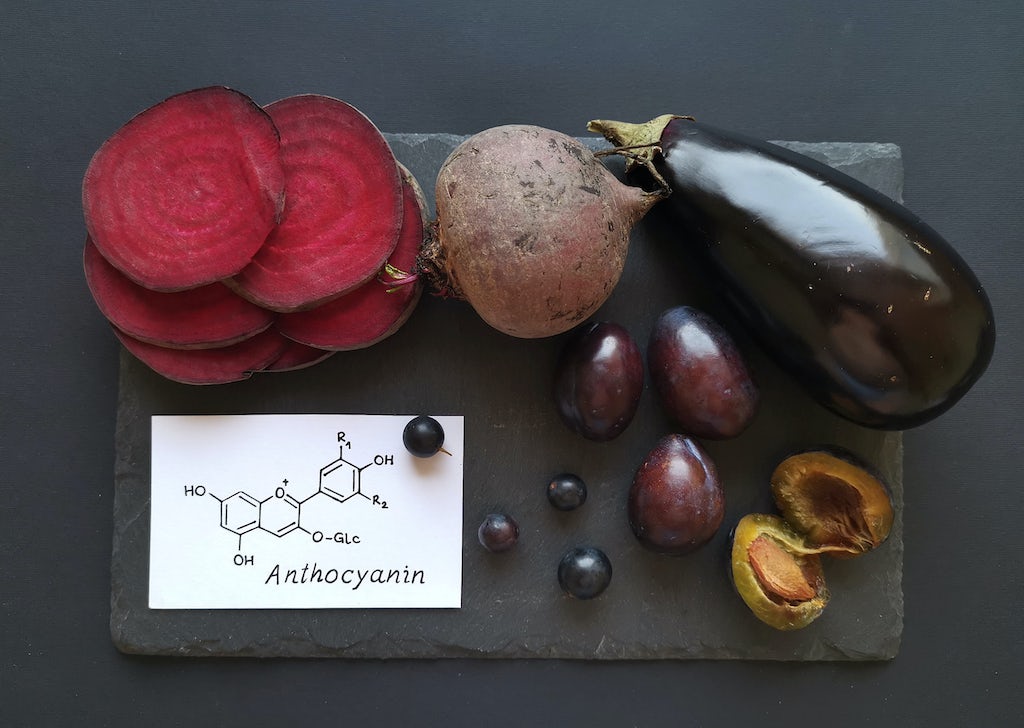
Far from being exclusive to cannabis, flavonoids are actually fairly common in the vegetation we see around us and the food that we eat, every day.
Flavonoids are also a diverse group of chemicals, with more than 10,000 compounds categorized as a flavonoid. Broadly, they are divided into six major classes:
- flavanones
- anthocyanidins
- flavan-3-ols
- flavonols
- isoflavones
- flavones
You may also see references to cannaflavins, the flavonoids that are found in cannabis. These cannaflavins primarily belong to the flavone and flavonol subclasses.
When it comes to their effects, flavonoids provide color, aroma, and flavor to the plants that contain them. But these potent compounds can also be therapeutically active—offering health benefits to those who consume them or use them topically.
Because of these therapeutic benefits, flavonoids derived from everyday plants have become an indispensable ingredient in many nutraceutical, pharmaceutical, medicinal and cosmetic applications.
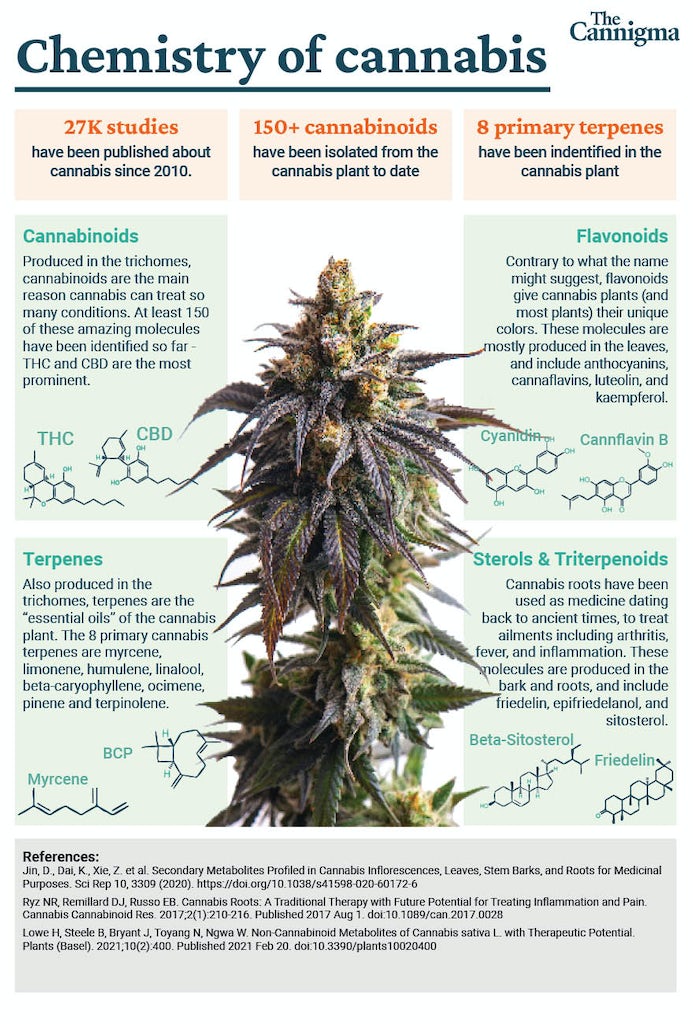
Cannaflavins: The Cannabis Specific Flavonoids
Of course, cannabis does contain these powerful flavonoids, as well.
The subset of flavonoids found in cannabis are called cannaflavins, and were first discovered in 1986 by researcher Marilyn Barrett at the University of London. Barret found, in this initial study, two cannabis specific flavonoids known as cannflavin A and cannflavin B. But in the years following about 20 more flavonoids have been found in cannabis, mainly belonging to the flavone and flavonol subclasses, and including flavonoids such as luteolin, kaempferol and quercetin.
In cannabis, like in other plants, these flavonoids can affect the taste, color and aroma of the flowers. They can also alter the way that a particular strain or variety of cannabis affects the person taking it.
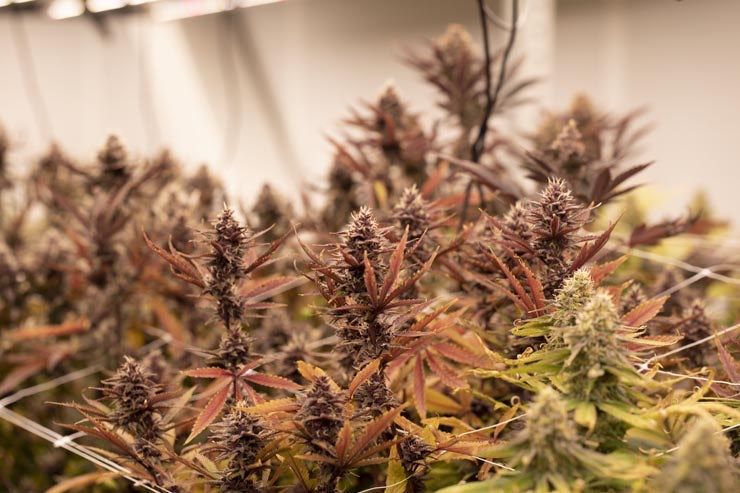
With cannabis, each strain has a unique blend of chemical components. But even with the same strain, there can be a big variation in the natural chemicals present in the cannabis plant. Depending on what blend of cannabis’ chemicals you are consuming, it might affect you in different ways and you might experience different therapeutic benefits.
While you may have heard that terpenes and cannabinoids are wholly responsible for these perceptual and medicinal factors—flavonoids can also play a role in creating these differing effects. So, it just may be that part of the experience you enjoy in your favorite strain is coming from the flavonoids.
How Flavonoids Interact With Other Chemicals in Cannabis
To make things more complicated, the chemicals in cannabis may also create different effects depending on what other chemicals are present in the cannabis blend being consumed. This is called the ‘entourage effect’ and is an acknowledgement that cannabis’ active chemicals work together synergistically to create effects that wouldn’t come from any of their parts individually.
Some researchers suggest there are flavonoids that may also play a role in this entourage effect since their mechanism interacts with these of THC and CBD. By inhibiting certain enzymes, these flavonoids can block part of the metabolism of THC—altering how it feels and affects those who use it. So, flavonoids can definitely impact your cannabis—not just by adding to the blend of cannabinoids and terpenes present, but also by altering how that blend might impact you.
Potential Therapeutic Effects of Flavonoids
Now we know what flavonoids are but we still haven’t learned much about what they can do.
Still, flavonoids are packed full of therapeutic value and potential. Research is still very limited when it comes to these lesser explored chemicals in the cannabis plant, but the research that has been done is promising. We can also learn a lot from research done on flavonoids derived from non-cannabis plants.

Here are a few of the ways scientists say flavonoids may be helpful:
Easing Inflammation
When it comes to cannaflavins, one big therapeutic benefit is their anti-inflammatory powers. While many flavonoids are anti-inflammatory, certain cannaflavins seem to offer more serious inflammation relief. Cannflavin A and cannflavin B, those cannaflavins originally discovered in 1986, were both found to have anti-inflammatory benefits 30 times more effective than Aspirin!
This could be huge news for those suffering from inflammatory conditions. If we had good sourcing on isolated cannflavins, cannabis providers might be able to offer a more powerful inflammation cure than those currently available.
Preventing and Fighting Cancer
There is also growing evidence that flavonoids may aid in cancer prevention and treatment.
Studies are showing that flavonoids can discourage the process of carcinogenesis by actually interfering with multiple signal transduction pathways related to cancer’s growth and spread throughout the body. This acts to limit proliferation, angiogenesis and metastasis of cancer cells, and can even increase apoptosis—the death of cancerous cells.
Most recently, a 2019 study found that cannabis flavonoids show promising signs as a treatment for pancreatic cancer, both in terms of shrinking tumors and preventing secondary tumors. Of course, this research is limited and more research is needed to find out how, and if, flavonoids can actually be utilized by patients in the fight against cancer.
Promoting Skin Health
Flavonoids may also be very helpful when it comes to protecting and treating skin disorders. As we have seen above, they can be potent anti-inflammatory and antioxidant agents, which is great for the skin. But they have also been found to be protective against depigmentation, sun damage and the effects of aging on the skin.
To make flavonoids an even better skin tonic—they are also very efficient at being absorbed through the skin. So in topical formulations, they could be very effective. While research still needs to be done to figure out exactly what formulations will be helpful and safe for consumers, the current research is promising that flavonoids can be a big help for some serious skin conditions.
In addition to these better researched therapeutic uses for flavonoids, researchers have also found some evidence that flavonoids can be neuroprotective, antibacterial, antiviral, and anti-allergic,fight against hepatitis, reduce bruising, ease glaucoma, and calm anxiety.
Flavonoids Research is Limited – But Growing
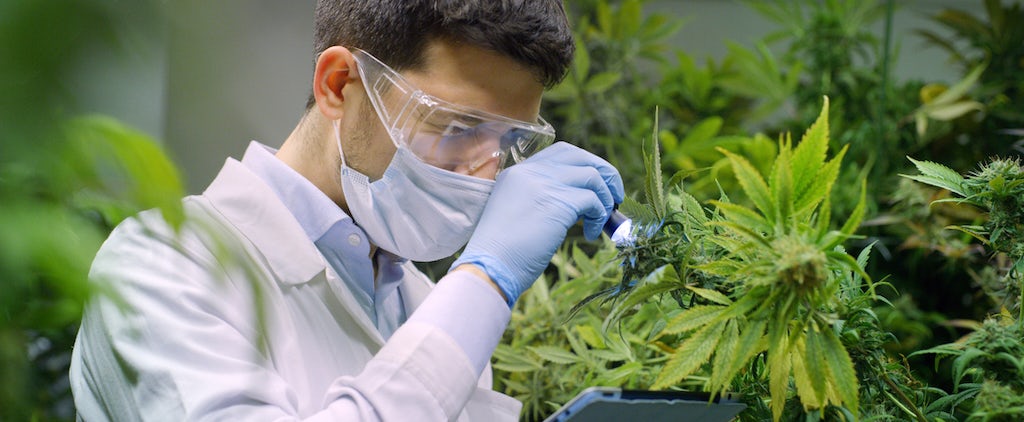
While flavonoids, including cannaflavins, are clearly potent and therapeutically active chemicals, it’s still early when it comes to using cannaflavins as a treatment for specific conditions. Research, so far, has been limited when it comes to human testing of specific flavonoid treatments, and there are other barriers to developing these treatments as well.
The difficulty of obtaining approvals
For one thing, in many countries, getting approval to research cannabis is difficult and flavonoids are usually far down on the list of chemicals being looked at when human cannabis studies are approved. Limited bioavailability of flavonoids when taken orally, and the very small quantity of cannaflavins in cannabis, also make developing treatments challenging. It requires large amounts of cannabis to get the needed flavonoids for most proposed treatments, making them cost prohibitive for most.
Still, the preliminary studies already available are beginning to inspire more researchers to investigate these helpful chemicals. Some are even looking at how to grow more cannaflavins per plant, to create more cost effective ways to obtain cannaflavins. Hopefully with time, scientists will be able to learn more about how to produce and use cannaflavins in more targeted ways, and begin to offer flavonoid based treatments for specific conditions.
In the meantime, you can still enjoy the benefits of cannaflavins in your cannabis, as one part of the entourage effect from your flower. These cannaflavins only make up about 0.014% of the plant’s weight—but that doesn’t mean they aren’t making a difference!
Sign up for bi-weekly updates, packed full of cannabis education, recipes, and tips. Your inbox will love it.

 Shop
Shop Support
Support